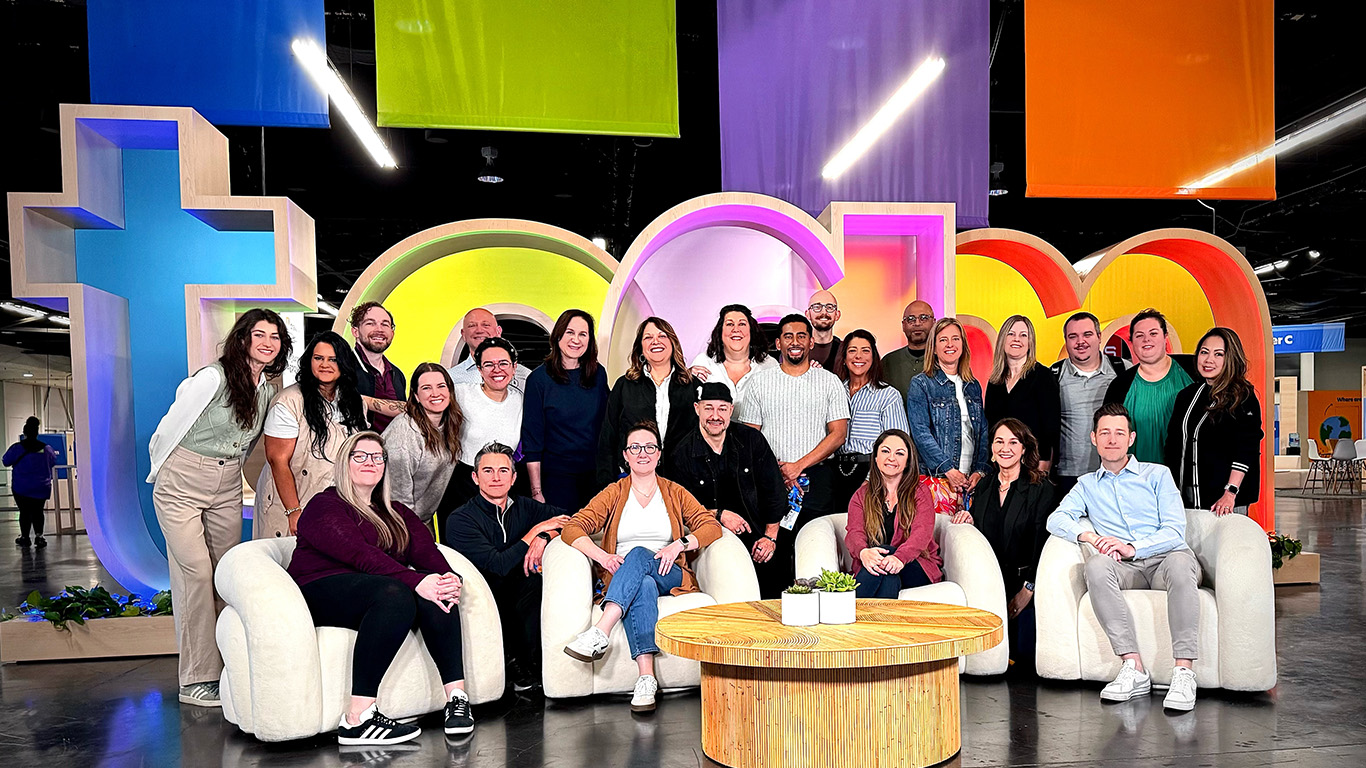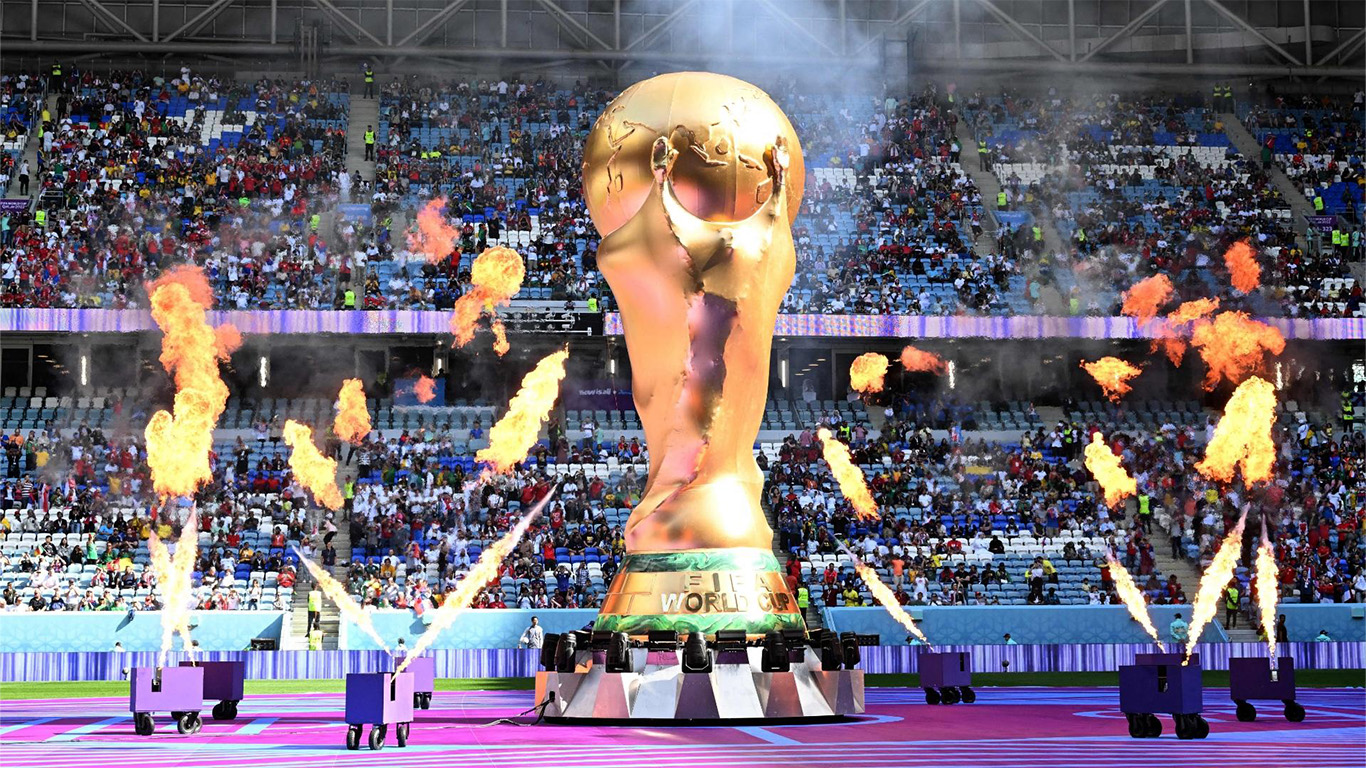Seven “Dos” and “Don’ts” for Maximizing ROI with Roadshow Events
Seven “Dos” and “Don’ts” for Maximizing ROI with Roadshow Events


Brands are facing a landscape of content saturation, economic uncertainty, and shifting priorities. As a result, event leaders are taking their message out into the field to meet customers, prospects, and employees face-to-face in their communities. Consider a roadshow an amplified series of field events — a recurring event held across various cities in local communities to boost brand recognition, product expertise, and return on investment.
First, let’s revisit how roadshows drive value for brands and audiences. Then we’ll explore the dos and don’ts of designing a modern-day roadshow.
Driving Value
Hyper Focus
A key benefit of a roadshow is the brand’s ability to create a hyper-focused experience for its audience. Instead of trying to appeal to a broad audience at a large flagship event, a roadshow allows brands to cater the experience to regional or industry-specific audiences, focusing on what is most important to them.
These smaller, multi-market events create a sense of exclusivity and intimacy that larger, single-location events may not provide. This makes attendees feel more valued and appreciated, leading to greater brand loyalty. By fostering a sense of community amongst attendees, brands create ambassadors who go on to advocate for the brand long-term.
Local Community
Another advantage of roadshow events is the ability to build new communities. Attendees interact with your product and people while building a local community centered around your brand. Roadshows create more intimate experiences that make attendees feel special, included, and uniquely connected to your brand and one another.
Real Connections
With fewer attendees and scaled-back production, roadshows provide an environment that fosters meaningful conversations among attendees around the brand. Roadshows can be tailored to different markets, audiences, and locations, allowing brands to adapt the experience and messaging to resonate with each market segment. This flexibility helps brands customize experiences for attendees, fueling engagement and loyalty. Roadshow events also make it easier for attendees to engage with one another on a more personal level. By attending an event in their local area, attendees connect and network with like-minded individuals in their community, building a sense of camaraderie around your brand.
Less is More
With roadshow events, the minutia associated with large trade shows are minimized, creating an experience that uses fewer resources, fewer distractions, less time, less financial investment, and more convenience. Taking events to attendees' communities, rather than having attendees travel to a centralized location, also enables reduced travel, cost, emissions, and various other benefits.
Instead of hosting tens of thousands of people in one place, brands can take their experience to go, eliminating barriers for attendees and aiding sustainability efforts.
Repeatable Benefits
Creating a repeatable event with a multi-city roadshow maximizes your reach and opportunity while delivering an attendee experience of consistent quality across regions that are scalable and cost-effective for your brand. By standardizing the event experience across all locations, you can ensure that attendees have a consistent and high-quality experience, regardless of where they attend.
Compared to organizing a large-scale event at a single location, multi-city roadshows reduce expenses related to venue rentals, logistics, and transportation. This provides brands an efficient and effective way to engage with a broader audience, generate leads, and build relationships with potential customers.
Accelerated Pipeline
A roadshow facilitates a personalized sales experience because your team is more accessible for intimate conversations with existing and potential customers. Sales account executives are eager to participate in roadshow events, as they allow them to build face-to-face relationships, which is vital for their success. Conversations flow more easily in a social environment where everyone has something in common, making connecting and gathering valuable leads easier.
Roadshow events offer a compelling strategy for brands in 2023 looking to connect with audiences, build communities, and drive ROI and business success. By creating a hyper-focused, localized, and intimate experience, brands can make stronger connections, deeper relationships, and more sustainable growth.
Design Do’s and Don’ts
As brands look to make a big impact through roadshow events, they shouldn’t rely on pre-pandemic strategies to pull off a modern roadshow program. Let’s take a deeper look at where to prioritize investments and focus.
Do: Design for the Stakeholder Mindset
Do Not: Design for Passive Audiences
In an era when attendees say, “That breakout could have been a video call,” or worse, “That breakout could have been a blog post,” — roadshow content must prioritize action and originality. Attendees today want the ability to focus and get away from distractions to meet peers in person and build connections. Education is still key, but when learning outcomes are less critical, the roadshow teams must redefine what is essential for attendees.
Audiences today are embracing a new stakeholder role and want a say in the outcome of their experience. Design your roadshow event to empower the attendees to participate through interactive activities like workshops and encourage them to participate actively in the event. Focus less on keynotes that share executive messages and more on original content that they can’t get anywhere else that is relevant to their local community. Consider panels of community leaders to provide attendees with unique insights that resonate.
Do: Find Venues with an Experiential Edge
Do Not: Book Another Ballroom
Roadshows are unique because they allow events to break out of all the traditional molds — including formal ballrooms and convention centers. Look for venues with an experiential edge to increase engagement, differentiate your brand, enhance social media moments, and improve the attendee experience.
Venues with unique architecture, lighting, sound design, and furniture offer a more memorable experience that attendees will likely capture for social media. Brands can make lasting impressions while standing out from competitors.
Do: Design for Community and Connection
Do Not: Prescribe Networking
Roadshow events have evolved over the years, particularly post-pandemic, from being content-focused to community-focused. Attendees want opportunities to connect, build relationships, and create memories.
When designing the experience, focus less on conventional networking activities. Instead, build extra time in the agenda for attendees to make organic connections to create a more meaningful experience that leads to increased engagement, loyalty, and ROI.
Do: Champion Diversity, Equity, Inclusion, and Belonging
Do Not: Put on a Performance
Roadshow events have a unique opportunity to champion diversity, equity, inclusion, and belonging (DEIB) by creating a welcoming environment for all attendees and amplifying diverse voices and organizations from the local community.
However, these efforts must be genuine and meaningful, not performative. Despite the best intentions, bare-minimum DEIB efforts will not resonate with attendees.
Of course, you should amplify diverse perspectives and voices, but be careful not to creep into tokenism by including a single representative of a protected group to “check the diversity box.”
Avoid superficial DEIB efforts that do not address deeper issues related to equity and inclusion, and do not ignore issues of bias that may arise during the event. Train crew and staff on issues and opportunities associated with DEIB, and ensure that you provide appropriate accommodations for attendees with varying abilities.
Do: Approach Sustainability Holistically
Do Not: Greenwash
Sustainability is top-of-mind for event professionals, especially as we explore circular design and new frameworks (like the O+ framework from Opus Agency).
When designing a roadshow event, using eco-friendly utensils, displaying recycling bins, and claiming vague sustainability practices will not cut it. Prioritize sustainability in a genuine way by taking a holistic approach that truly considers the event's environmental, social, and economic impact.
Choose sustainable venues, including those with LEED certifications and other sustainable features, and prioritize local sourcing to minimize emissions. Consider ways to offset your carbon footprint, such as purchasing carbon credits or investing in renewable energy projects, and partner with local organizations and vendors that support sustainability and social justice initiatives.
Do: Invest in Strategic Partnerships
Do Not: Go It Alone
Connecting with local DMCs, media outlets, vendors, and other strategic partners offers countless benefits for producing a series of roadshow events. Relying on DMC partners, for instance, provides brands with the expertise of local markets, including culture, customs, preferences, venues, vendors, and more. DMC partnerships allow brands to leverage existing networks and resources to reduce costs, especially when these partners can tap into their relationships to negotiate prices on behalf of the brand.
DMCs can also greatly assist with event logistics, including transportation and accommodation. This expertise helps brands improve their credibility across various markets and build trust with local audiences.
Partnering with local media outlets is another way to increase the event's visibility. Media can help promote the event across channels to attract a larger audience, expanding the brand’s exposure and reach.
Do: Get Commitment
Do Not: Just Hope for the Best
Audiences are more selective than ever — in their spending and how they allot their time. We are seeing registration for in-person events happening closer and closer to the go-live date. Our benchmark is one-third of attendees will register just three weeks before the event.
To encourage people to commit to attending, utilize tools and marketing to showcase Social Proof, i.e., attendees showing potential attendees that they are going to the event. One of our partners, InGo, has a tool that plugs into registration platforms and pulls in LinkedIn networks. From community-building tools to simple, “I’m Attending” graphics, showing social proof drives commitment.
Roadshow strategies (and audience expectations) have evolved post-pandemic from content-focused to community-focused events. To succeed in today’s landscape, event leaders should prioritize connection, interaction, DEIB, and sustainability. Strategic partnerships with local DMCs, media outlets, and vendors will significantly improve the attendee experience.
Opus Agency can help you redefine your value proposition, design for community, and create an unforgettable roadshow experience for your various market segments. Contact us to learn more about our roadshow capabilities.
More Like This, Delivered to You
As our agency continues to explore the future of experiences, you can join us and leaders from Google, Microsoft, Salesforce, and many more of our clients to stay ahead of what’s next by subscribing to XO. Each month, you’ll receive our latest insights and perspectives, plus carefully curated links worthy of your next new tab.
Insights in
the Inbox
XO is a newsletter with a mission to be loved by marketing executives and event professionals.
Through careful curation and purposeful prose, XO serves thousands of leaders who want to stay on top of what’s new and what’s next in the world of experiences.
To join in, see past issues or subscribe below.



